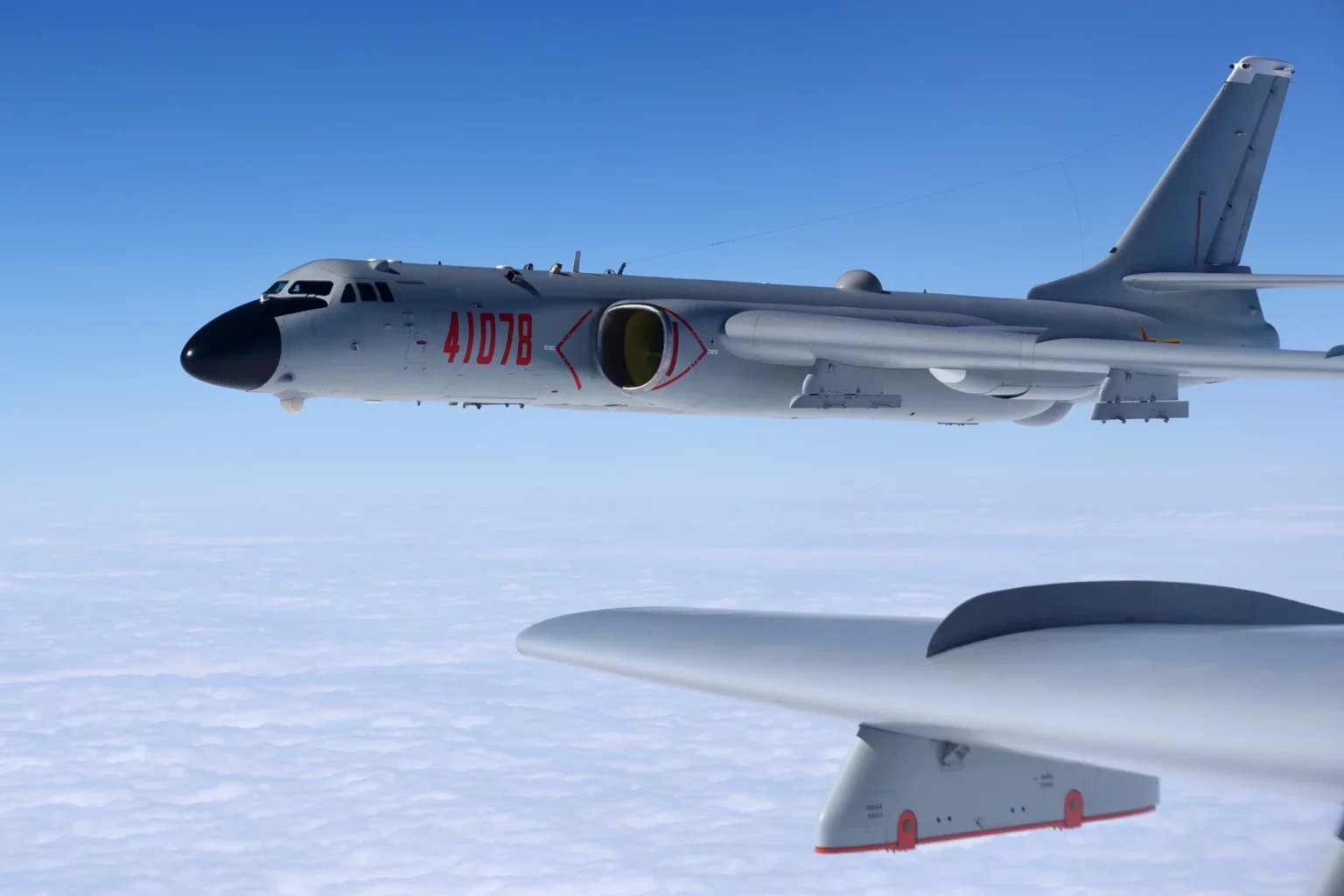China has started a third day of live-fire drills near Taiwan in response to Taiwanese President Tsai Ing-wen’s recent trip to the United States. Chinese fighter jets carried out “simulated strikes” near Taiwan during the drills, which also included the Shandong aircraft carrier, the Chinese military said on Monday.
Multiple batches of H-6K fighters carrying live ammunition … carried out multiple waves of simulated strikes on important targets on Taiwan Island.”
the Eastern Theatre Command said in a statement.
Taiwan’s defense ministry said it had detected 70 Chinese military aircraft and 11 vessels around Taiwan.
R.O.C. Armed Forces have monitored the situation and tasked CAP aircraft, Navy vessels, and land-based missile systems to respond to these activities, the ministry said in a statement posted on social media, referring to Taiwan’s official name of the Republic of China.
The ministry said 35 of the detected aircraft crossed the median line of the Taiwan Strait and entered the territory’s air defense identification zone.
The three-day operation dubbed “Joint Sword”, which kicked off on Saturday, is intended to rehearse a siege of Taiwan, which Beijing claims as its territory and has threatened to take by force if necessary.
China’s military said the exercises were to practice “sealing off” of Taiwan, while state television said they had formed a “multidirectional island-encompassing blockade situation”.
Taiwan’s government has condemned the exercises, while the US has urged China to show restraint.
Japan said on Monday it was closely following the drills, which are taking place in waters close to its Okinawa Islands, with Chief Cabinet Secretary Hirokazu Matsuno saying “peace and stability” in the Taiwan Strait were important for the security of both Japan and the international community.
China’s Shandong, three other warships, and a support vessel came within 230km (143 miles) of Japan’s Miyako Island, Japan’s defense ministry said.
Tsai last week met US House Speaker Kevin McCarthy in California, prompting a furious response from Beijing, which has branded her nationalist Democratic Progressive Party as separatists.
Taiwan, a parliamentary democracy whose contested status stems from the outcome of the 1927-49 Chinese civil war, is governed separately from mainland China but is officially recognized by just a handful of countries.
The US does not officially recognize Taiwan but has expressed opposition to unilateral attempts to change the status quo and has for decades supported the island’s defenses with weapons sales.
The US State Department said on Sunday it was monitoring the situation closely and Beijing should not turn Tsai’s visit “into something it is not or use it as a pretext to overreact”.
The US Navy on Monday said it sailed the USS Milius, a guided-missile destroyer, near the Spratly Islands in the South China Sea to uphold “freedom of navigation” in the strategic waterway.
The operation “upheld the rights, freedoms, and lawful uses of the sea”, the Navy said in a statement.
The destroyer had asserted navigational rights and freedoms in the South China Sea near the Spratly Islands, consistent with international law, it added. Beijing, which claims about 90 percent of the waterway, condemned the passage as an “illegal” intrusion.




